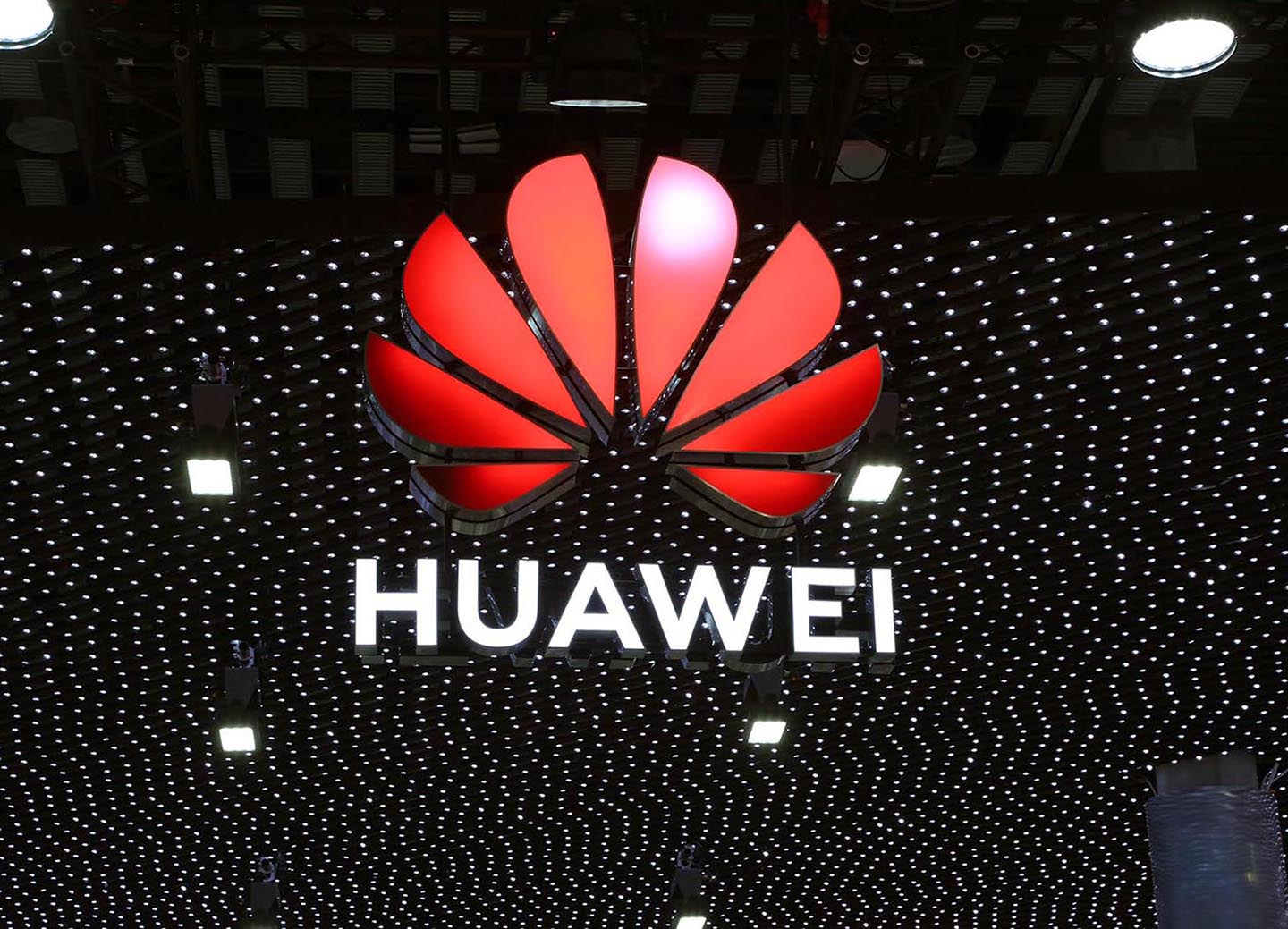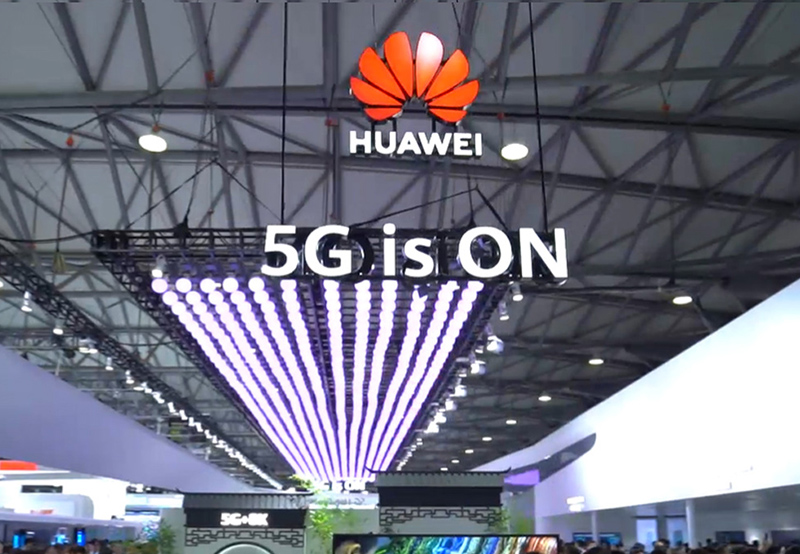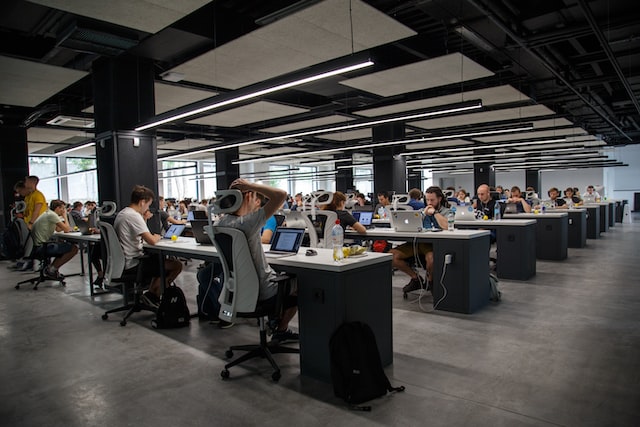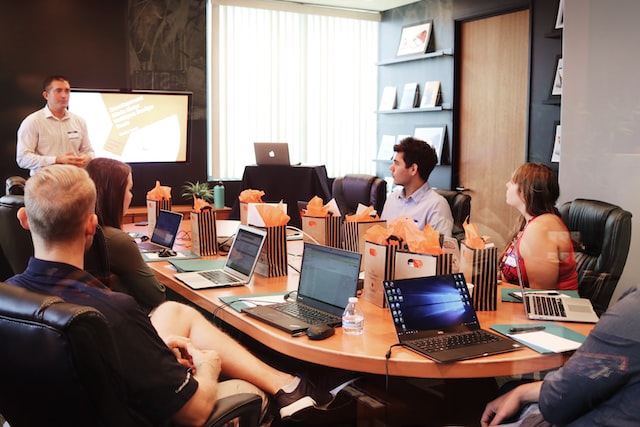Founded in 1987, Huawei has grown from obscurity to a leader after 30 years of growth. By the end of 2014, Huawei was leading the industry in the number of technology patents it held. This is clearly the result of organisational learning and innovative learning. It has been said that it is the construction of a learning organisation that has enabled Huawei to grow into a world-class company with competitive strength.

The subject of learning is people
"The objective of adding value to human capital takes precedence over that of adding value to financial capital" is clearly written into the Huawei Basic Law. This has also become the purpose and goal of Huawei's talent training. Ren Zhengfei said: "In Huawei, the growth of human capital is greater than the growth of financial capital. The pursuit of talent is more important than the pursuit of capital, and with talent you can create value, which can lead to rapid growth of capital."
Huawei emphasises that the goal of continuous human capital appreciation takes precedence over that of financial capital appreciation, but human capital appreciation relies not on hype, but on organised learning.
One way to add value to human capital is through training, and Huawei's training system has developed into a school of its own after years of accumulation.
Ren Zhengfei has a brilliant insight into training, saying: "Technical training relies mainly on your own efforts, rather than listening to lectures every day. In fact, every position receives training every day, and training is everywhere and all the time. If you wait for others to train you to become a Nobel, who trained Mao Zedong and Deng Xiaoping? Successful people all rely mainly on their own efforts to learn and become effective learners, not passive indoctrinated people, and have to keep learning hard to improve themselves." It is evident that the essence of Huawei's training is perhaps not simply to equip employees with certain skills, but to develop them with the ability to learn on their own.

Huawei aims to make itself a learning organisation, and has therefore established a comprehensive Huawei training system, with Huawei University as the main body. With a team of first-class teachers, first-class teaching equipment and a beautiful training environment, Huawei has more than 1,000 full-time and part-time teachers and a training base that can accommodate up to 3,000 students at the same time.
Huawei has a wide range of training targets, including not only its own employees, but also technical maintenance and installation personnel from its customers; it conducts training not only in China, but also in overseas bases. A network training academy has also been set up to train a reserve army.

Learning motivation
How can we get new employees to take the initiative to learn and improve themselves? The approach taken by Huawei is to fully implement a job qualification system and conduct strict assessments, thus creating an effective incentive mechanism for new employees to train.
For example, Huawei's software engineers can start at level one and work their way up to level nine, which is equivalent to the level of a vice president. After new employees come in, how to develop to a higher level, how to know the personal gap, Huawei has clear provisions, such as a level of criteria is to write 10,000 lines of code, what type of products have been done, etc., there are clear quantitative standards, new employees can be based on this standard for self-examination.
The implementation of the qualification system has played a better role in four aspects: firstly, it is the role of a mirror, shining a light on one's own problems; secondly, it is the role of a ruler, measuring the gap with the standard; thirdly, it is the role of a ladder, knowing in what direction one should develop and work; fourthly, it is the role of a driver's licence, so that when a new position is available, one can apply for the corresponding position.
In addition to the qualification system, Huawei also uses strict performance appraisal and salary allocation as an important tool to realise its commitment to "not letting Lei Feng suffer". Even if the appraisal results differ by just one grade, the difference in income may be 100,000 to 200,000 or even more, so there is no "pot rice" problem in Huawei, which is the way to identify the best people and give them more resources, opportunities, salaries and stocks, so as to pull employees to keep on striving for upward mobility.

Mentorship
Huawei is the first company in China to implement a mentorship system. Huawei's mentors must meet two conditions: firstly, they must have good performance, and secondly, they must fully recognise Huawei's culture, so that they are qualified to be a mentor. It is also stipulated that a mentor can only take on a maximum of two new employees, in order to ensure effectiveness.
Huawei stipulates that in addition to work guidance and job knowledge transfer to new employees, mentors must also give new employees all-round guidance and assistance in life, including helping to solve the food and accommodation arrangements for field employees, and even resolving emotional problems.
Job rotation, talent flow
Huawei staff "zigzag" personal growth, that is, an employee who has done management in R & D, finance, human resources and other departments, but also in the first line of the market, representative offices have done projects, with richer work experience, then he encountered problems, will be more from the overall situation, can end to end, the whole process to consider the problem. Ren Zhengfei has always emphasised the mobility of cadres and talents, forming a routine rotation system and requiring the management team to select outstanding experts and cadres from among those with successful practical experience; to promote excellent, visionary, strong-willed and good character cadres on a "zigzag" growth path, and to cultivate a large number of generalist teams.

Empowerment and decision-making
Huawei emphasises "let the person who can hear the sound of the gun call the gun", which means that the "team leader" is required to play a leading role at the forefront, and let the person who knows the market situation best take command, so as to improve the reaction speed, seize the opportunity and achieve results. This requires the right strategic direction from the top, effective support from the platform departments to the frontline organisations and the empowerment of the team leaders to dispatch resources and make timely decisions. The basis for this is a simple and small organisation and hierarchy (e.g. 3 levels or less), a flat approach to decision-making and efficient operations. In this way the protagonists of the war - the excellent ""squad leaders"" - grow actively in the war and thus become the elite of the elite.

According to the concept of the "learning organisation", the overall improvement of the organisation's "ability to create the future" means that the competitiveness of the organisation's future development depends on three core competencies: understanding complexity, initiating conversations and nurturing enthusiasm. "The learning organisation emphasises the need to rethink organisational learning behaviour from a holistic and systemic perspective, thus addressing the inefficiency of traditional organisational learning. From individual learning to organisational learning, a holistic approach to learning dynamics, learning environments and learning resources is necessary, otherwise it cannot be called a 'learning organisation'.